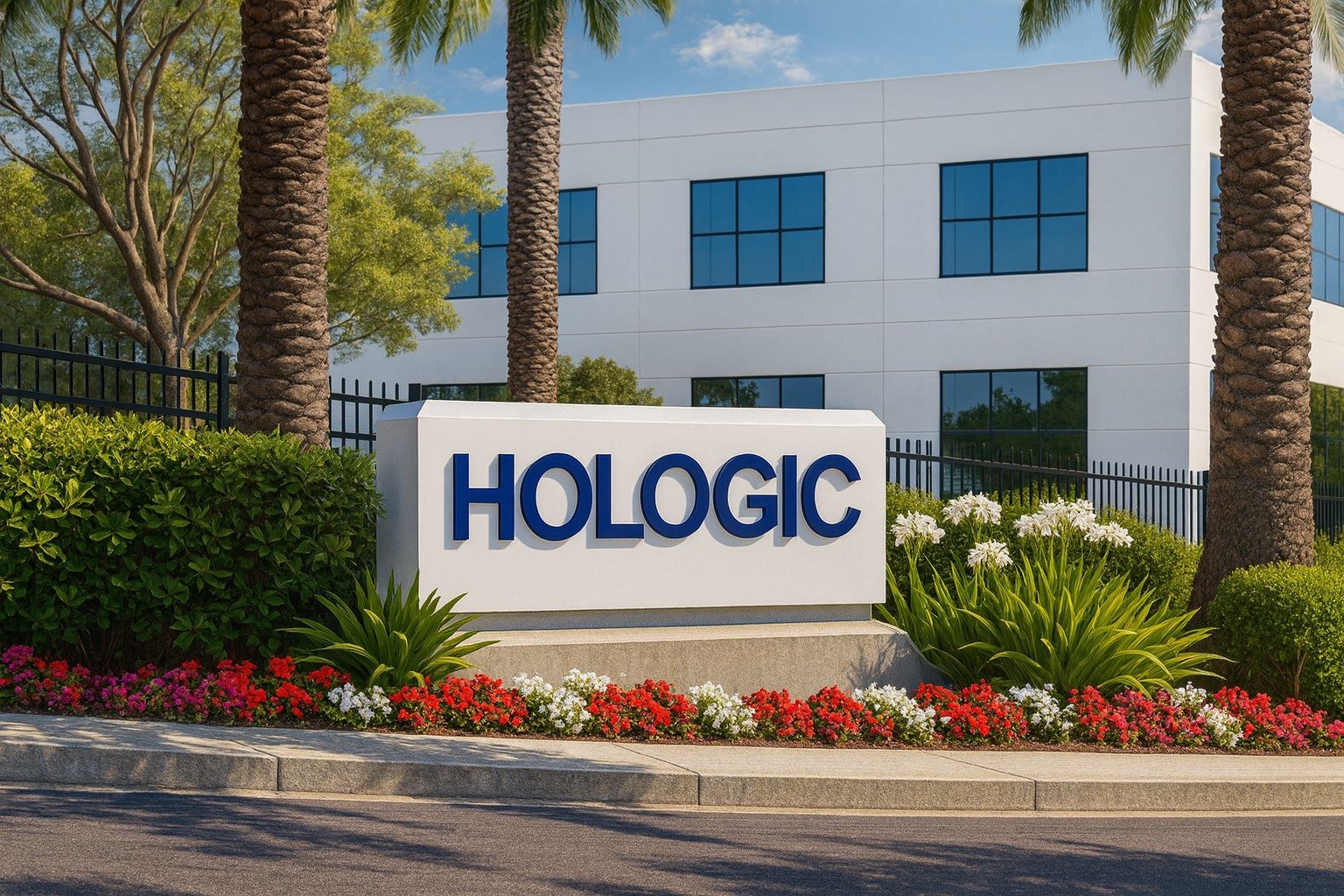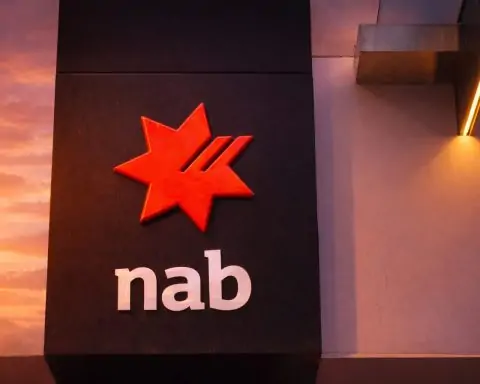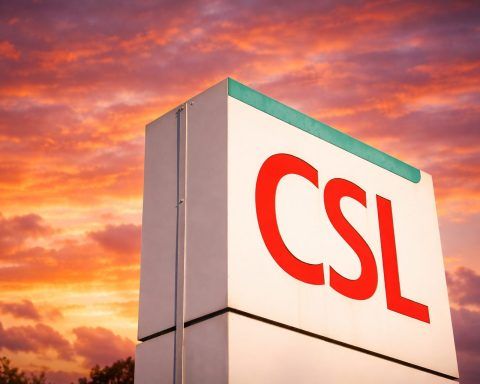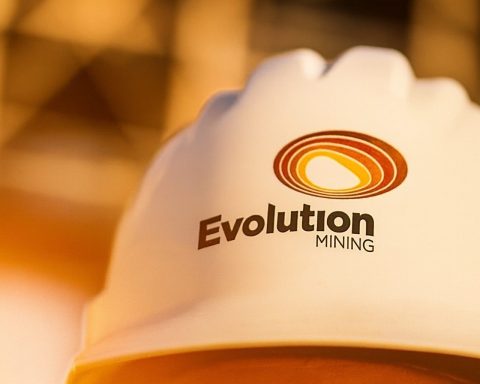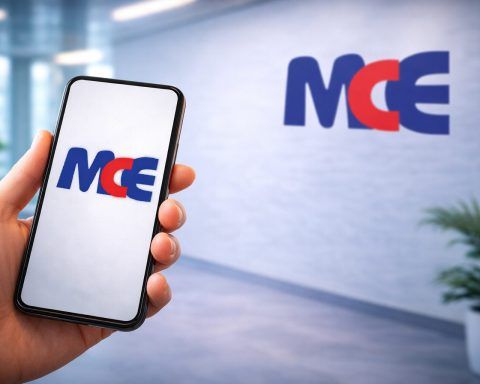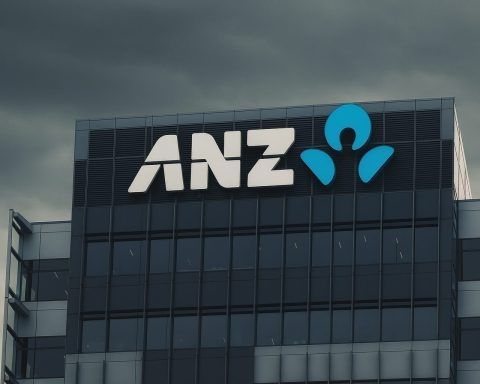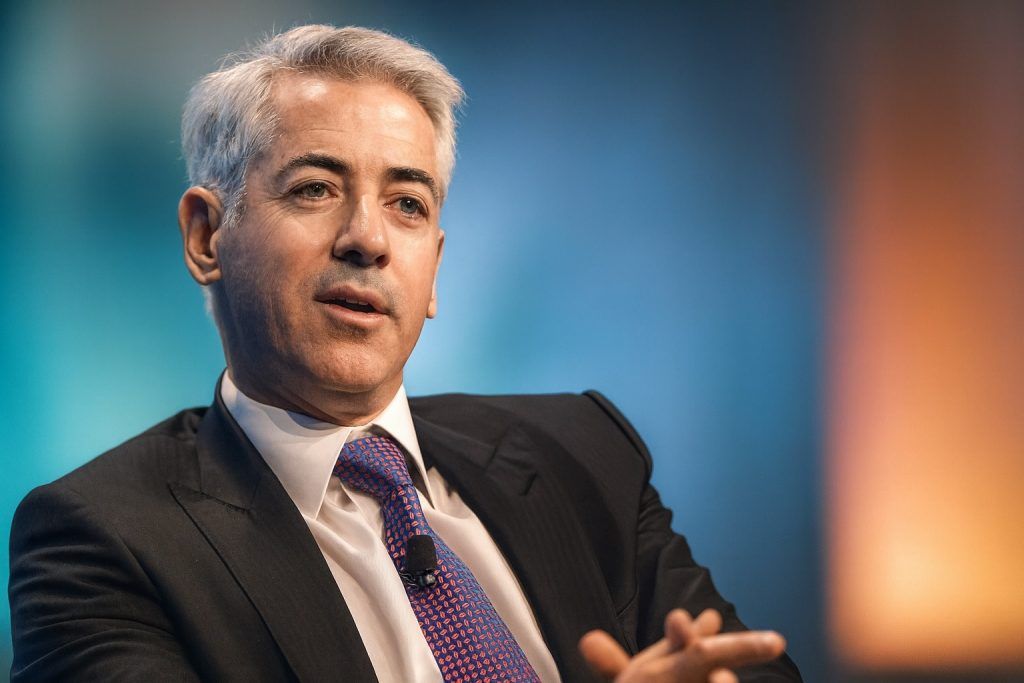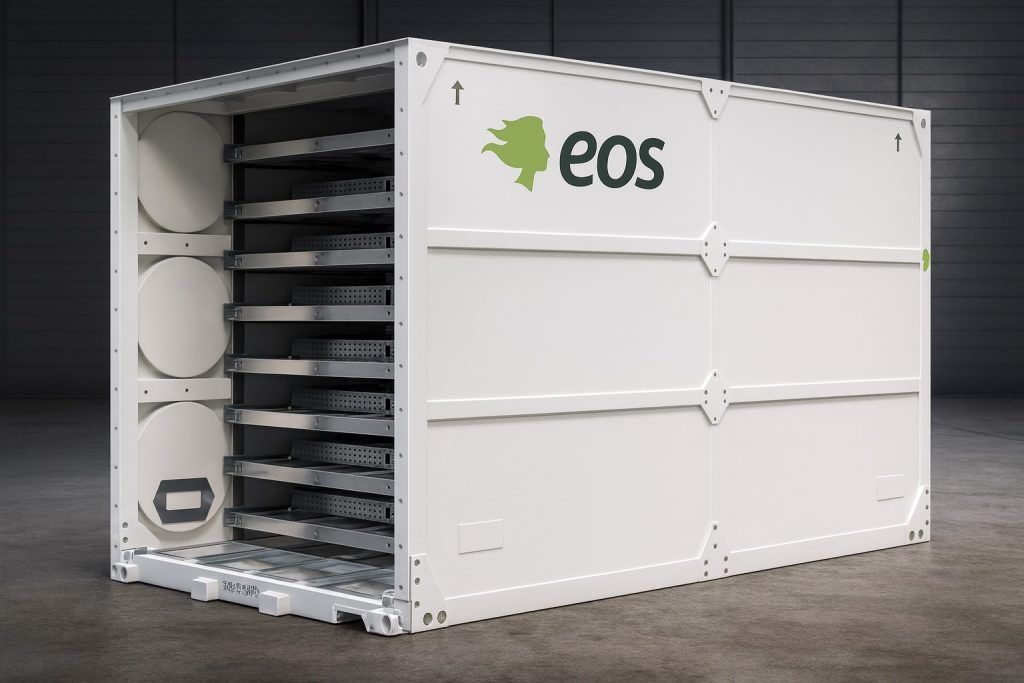- Deal agreed: Funds managed by Blackstone Inc. (BX) and TPG Inc. (TPG) will acquire Hologic, Inc. (NASDAQ:HOLX) for $76 per share in cash, plus a non‐tradable Contingent Value Right (CVR) worth up to $3 if certain sales milestones are met [1]. This values the transaction at roughly $18.3 billion (including debt) – a huge 46% premium to Hologic’s price before takeover talks emerged [2].
- Shareholder gains: At $79 total (cash+CVR), the offer is far above Hologic’s recent trading range. The company’s board unanimously approved the merger, and a 45‐day “go-shop” period will allow other bidders. Closing is expected in H1 2026 after shareholder and regulatory approvals [3] [4].
- Stakeholder investment: The deal includes significant co‐investments by Abu Dhabi Investment Authority (ADIA) and Singapore’s GIC alongside Blackstone/TPG [5]. Upon closing Hologic will go private and delist from Nasdaq, keeping its Massachusetts HQ and brand [6].
- Stock reaction: Hologic shares jumped on the news. The stock closed at $71.87 on Oct 20 (up ~2.9% on the day) [7], and popped another ~4% in premarket trade Oct 21 (around $75) as the takeover was announced [8]. On Oct 17, Hologic closed at $69.85, so the buyout represents a roughly 13% premium to last week’s close [9] [10].
- Sector context: Hologic is a women’s health diagnostics leader – it makes breast and cervical cancer screening equipment and molecular tests (including Covid-19 tests) [11]. Bloomberg notes this could be “one of the biggest private equity takeovers globally this year” [12]. Analysts say the deal underscores the hot M&A environment in healthcare: for example, Blackstone/TPG bid $55B to take Electronic Arts private in 2024 and were circling Hologic in 2025 [13]. Stock analysts highlight that such large buyouts can boost valuations for public medtech peers (Boston Scientific, Stryker, Zimmer Biomet) as investors anticipate more consolidation [14].
- Analyst views: Before the deal, Wall Street sentiment was mixed. StockAnalysis.com reports analysts had a “Buy” consensus with an average target around $79 [15] (nearly 10% above the pre‐deal price). Bank of America had been cautious, cutting Hologic’s price target to $70 (Neutral rating) in April, citing policy headwinds and slowing testing demand [16]. But in recent days traders were speculating a takeout, lifting HOLX sharply. If the buyout closes, many analysts will likely revisit their models for this stable, cash‐flowing medtech firm.
- Expert comments: Hologic’s CEO Stephen P. MacMillan called the deal “an exciting new chapter”, saying Blackstone/TPG’s resources will “accelerate our growth and deliver critical medical technologies” [17]. Blackstone’s Ram Jagannath praised Hologic as “an outstanding global leader in advancing women’s health”, noting the company’s life-changing technologies and pledging to invest in further innovation [18]. TPG’s John Schilling added that Hologic’s products “improve health outcomes for women around the world” and that TPG will draw on deep healthcare expertise to support next-gen solutions [19]. Notably, Reuters Breakingviews observes that private equity is so hungry for deals that “everyday Americans may soon supplement” traditional investors to fund takeovers like Hologic’s [20].
- Market context: The broader market is upbeat on tech and biotech. For example, TechStock² reports biotech names surging on positive news – Celcuity (NASDAQ:CELC) soared ~40% on Oct 20 after revealing “practice-changing” breast cancer trial results [21]. This illustrates growing investor enthusiasm in healthcare innovation, which helps set the stage for big strategic moves like Hologic’s sale.
Deal Details and Company Background
Hologic (NYSE: HOLX) is a Marlborough, MA–based medical technology firm focused on women’s health. Its products include mammography and breast biopsy systems, cervical cancer tests, surgical equipment (notably after its acquisition of Gynesonics), and lab diagnostics including molecular tests for Covid-19 [22]. The Blackstone/TPG consortium will buy all outstanding Hologic shares for $76 cash plus a $3 CVR (contingent on hitting revenue goals in 2026–27 for the breast health business) [23]. This values the deal at $79 per share maximum and around $18.3 billion total enterprise value [24]. The purchase price represents a roughly 46% premium to Hologic’s share price before takeover rumors (last spring) [25]. (By comparison, the stock was trading in the low $50s in late May, so the jump to $76 is substantial.)
The agreement includes minority co-investments by ADIA and GIC, reflecting confidence from large sovereign investors. Goldman Sachs advised Hologic, while Citi and Bank of America advised Blackstone/TPG [26]. The transaction is expected to close in the first half of 2026, subject to approval by Hologic shareholders and regulators [27]. The Hologic board has unanimously recommended shareholders approve the merger agreement [28]. Following closing, Hologic will be delisted from Nasdaq and go private, though it will continue operating under the Hologic name with its Boston-area headquarters preserved [29].
Boston Globe notes that final terms are still fluid – Blackstone/TPG had been in “advanced negotiations” and the companies “declined to comment” on any deal [30]. It was reported that a transaction could be announced imminently, and that the firms had rekindled earlier takeover talks with Hologic’s board in September [31]. Importantly, the merger agreement includes a 45-day “go-shop” period, allowing Hologic to solicit higher bids and ensuring shareholders get a fair price [32].
Stock Market Reaction
News of the takeover sent Hologic’s stock sharply higher. According to MarketScreener, HOLX closed at $71.87 on Oct 20, 2025, up 2.9% that day [33]. (On Oct 17 it was $69.85 [34].) In early Oct 21 trading, HOLX traded around $75, a ~4% jump on the day [35]. Thus the buyout deal implies an immediate windfall for existing shareholders (who bought earlier this year at much lower prices).
Analysts and traders were already buzzing. Boston Globe reported Hologic stock “jumped about 6 percent in late trading” on Oct 17 when Bloomberg first broke the story [36]. Similarly, the Independent Equity News noted a $75 offer would be “significantly above” Hologic’s ~$54 price just before those rumors [37]. Breakingviews commentator Pranav Kiran pointed out that big deals like this can spark broad rallies in related names – for example, Boston Scientific (BSX) and Stryker (SYK) often trade up on takeover chatter in the sector [38].
Tech-oriented outlets also noted strong market momentum. TechStock² (TS2.Tech) highlighted that biotech stocks were on fire – for instance, Celcuity (a small biotech) “stock soared over 40%” on Oct 20 after cancer‐drug trial results [39]. This kind of enthusiasm in life sciences equity markets underscores investor appetite for healthcare innovations, which benefits Hologic’s profile as a stable, cash‐flowing medtech name. Even meme‐stock dynamics play a role; TS2 just weeks ago noted Beyond Meat (BYND) more than doubled on short‐squeeze action [40], illustrating that traders are hunting big moves across sectors. While Hologic isn’t a consumer “meme” play, its takeover news has certainly drawn retail and institutional attention.
Expert Commentary and Sector Outlook
Industry insiders say this deal fits a broader pattern of private equity targeting durable healthcare companies. Hologic management made bullish statements in the press release: CEO Stephen MacMillan said partnering with Blackstone/TPG will “accelerate [Hologic’s] growth and enhance our ability to deliver critical medical technologies”, and emphasized the strong value offered to shareholders [41]. Blackstone’s Ram Jagannath praised Hologic as “an outstanding global leader in advancing women’s health”, with life-changing products impacting millions of patients [42]. TPG’s Dr. John Schilling noted Hologic’s focus on improved detection and care, calling the opportunity “compelling” and saying the firm is “proud to partner” with Hologic [43]. These comments echo market sentiment that specialized medtech firms are attractive buyout targets due to steady cash flows and mission-driven businesses.
Analysts have crunched the numbers. GuruFocus notes that a ~$75 offer implies about 17.5× forward earnings (FY2025 estimates), which is reasonable given Hologic’s profitability and cash generation [44]. The firm’s diagnostics division has been growing slowly (+0.9% last quarter), while Surgical (bolstered by Gynesonics) grew ~6.3% [45]. Even so, the buyout premium is modest by tech standards – only ~7% above the pre-rumor share price [46] – indicating Blackstone isn’t wildly overpaying. If the deal closes, many expect it will encourage other investors to seek similar targets. As Breakingviews observes, with fewer public companies left (US listed stocks have roughly halved since the 1990s) and huge piles of dry powder in private equity, big buyouts are likely to become more common [47] [48]. In fact, Breakingviews points out that private equity is facing a “scale problem” – traditional fund investors are tapped out, so firms may look to retail or new vehicles to fund deals [49]. The Hologic transaction could be a test case of that trend.
Strategically, the deal may spur Hologic’s peers to innovate or seek deals. As GuruFocus notes, public medtech companies may consider mergers, spin-offs or R&D pushes to avoid being “perceived as stagnant buyout candidates.” Boston Scientific (BSX), Stryker (SYK), and Zimmer Biomet (ZBH) could see their share prices lifted on expectations of higher sector multiples [50]. On the other hand, some analysts will worry about leverage: the deal is financed with bank debt commitments (from Citi, BofA, Barclays, etc.) on top of private equity equity, which could mean more interest burden for Hologic in future.
For now, investors are focusing on the premiums and cash. If approved, Hologic shareholders will get $76 upfront plus up to $3 more each if certain revenue targets are met [51]. By comparison, analysts’ consensus one-year target before the deal was only ~$79 [52], so the $79 maximum offer basically matches what the Street already envisioned. In other words, the takeover is delivering the upside that traders were hoping for, if not a major surprise. Notably, even after closing at a record high near $81 on this news [53], some Hologic shareholders may still find value: stockanalysis data shows analysts had targets up to $94 [54] and even some bull-case forecasts into triple digits [55] – although those assumed the company stayed public and kept guiding.
Forecast and What’s Next
Going forward, the key question is regulatory approval and alternate bidders. In healthcare deals, antitrust scrutiny can be intense (though Hologic’s market isn’t dominated by the acquiring firms). The go-shop period means banks and advisors will solicit higher offers – possibly from other PE groups or strategic buyers. If another suitor emerges and offers more (e.g. above $76), the board could terminate the current agreement. However, there is no guarantee of a better bid.
If the deal closes as planned, Hologic’s stock will be delisted and its public investors cashed out. Private investors (including the Blackstone/TPG consortium and their limited partners) will then run Hologic. Historically, take-private deals can either accelerate growth (with new capital for R&D or acquisitions) or slow strategic flexibility (due to debt covenants). Jagannath and Schilling’s statements suggest they plan to invest in new product innovation for women’s health. TPG’s involvement (through its healthcare funds) and Blackstone’s scale mean the buyer group has deep pockets for expansion.
For those tracking the stock, it’s worth monitoring the forward guidance (Hologic suspended FY2026 guidance on Oct 21 [56]), any updates on the go-shop process, and peer activity. On Wall Street, analysts will update models now that the takeover price is set. Price targets of around $75–$80 were common; with the deal at $76–79, views will adjust to reflect the exit price rather than open market volatility. In summary, the $18.3B bid by Blackstone and TPG confirms that Hologic’s stable cash flows and growth prospects are highly prized – a bellwether for big M&A activity in healthcare.
Sources: Company press releases and filings [57] [58]; Reuters and Bloomberg reports [59] [60]; industry commentary [61] [62]; analyst research and news aggregators [63] [64]. All figures are approximate and stock prices reflect recent data as noted.
References
1. www.marketscreener.com, 2. www.marketscreener.com, 3. www.marketscreener.com, 4. www.marketscreener.com, 5. www.marketscreener.com, 6. www.marketscreener.com, 7. stockanalysis.com, 8. stockanalysis.com, 9. www.bostonglobe.com, 10. stockanalysis.com, 11. www.bostonglobe.com, 12. www.bostonglobe.com, 13. www.reuters.com, 14. www.gurufocus.com, 15. stockanalysis.com, 16. www.tipranks.com, 17. www.marketscreener.com, 18. www.marketscreener.com, 19. www.marketscreener.com, 20. www.reuters.com, 21. ts2.tech, 22. www.bostonglobe.com, 23. www.marketscreener.com, 24. www.marketscreener.com, 25. www.marketscreener.com, 26. www.marketscreener.com, 27. www.marketscreener.com, 28. www.marketscreener.com, 29. www.marketscreener.com, 30. www.bostonglobe.com, 31. www.bostonglobe.com, 32. www.marketscreener.com, 33. stockanalysis.com, 34. www.bostonglobe.com, 35. stockanalysis.com, 36. www.bostonglobe.com, 37. pe-insights.com, 38. www.gurufocus.com, 39. ts2.tech, 40. ts2.tech, 41. www.marketscreener.com, 42. www.marketscreener.com, 43. www.marketscreener.com, 44. www.gurufocus.com, 45. www.gurufocus.com, 46. www.gurufocus.com, 47. www.reuters.com, 48. www.gurufocus.com, 49. www.reuters.com, 50. www.gurufocus.com, 51. www.marketscreener.com, 52. stockanalysis.com, 53. ts2.tech, 54. stockanalysis.com, 55. ts2.tech, 56. www.marketscreener.com, 57. www.marketscreener.com, 58. www.marketscreener.com, 59. www.reuters.com, 60. www.bostonglobe.com, 61. www.gurufocus.com, 62. www.reuters.com, 63. stockanalysis.com, 64. ts2.tech
